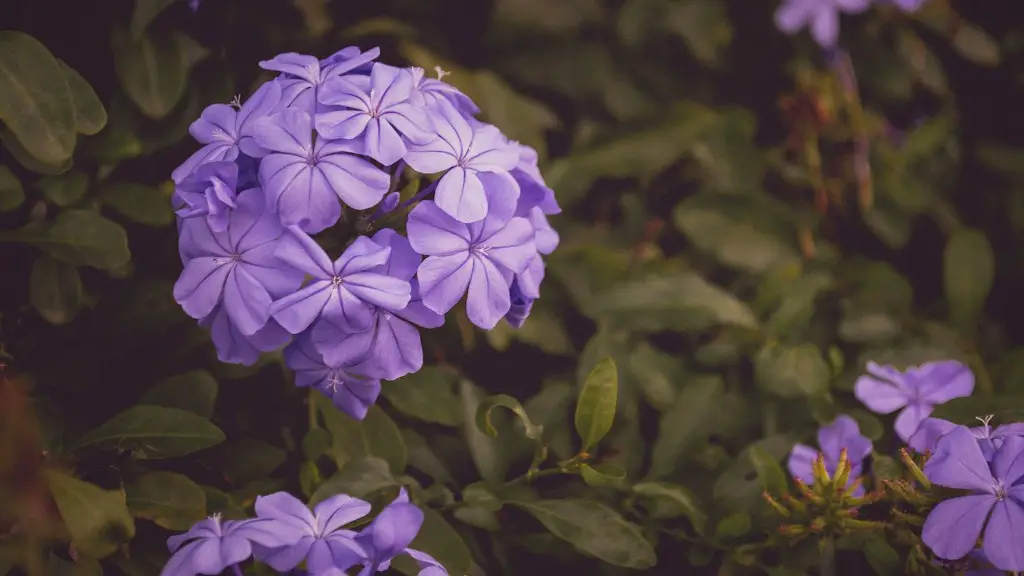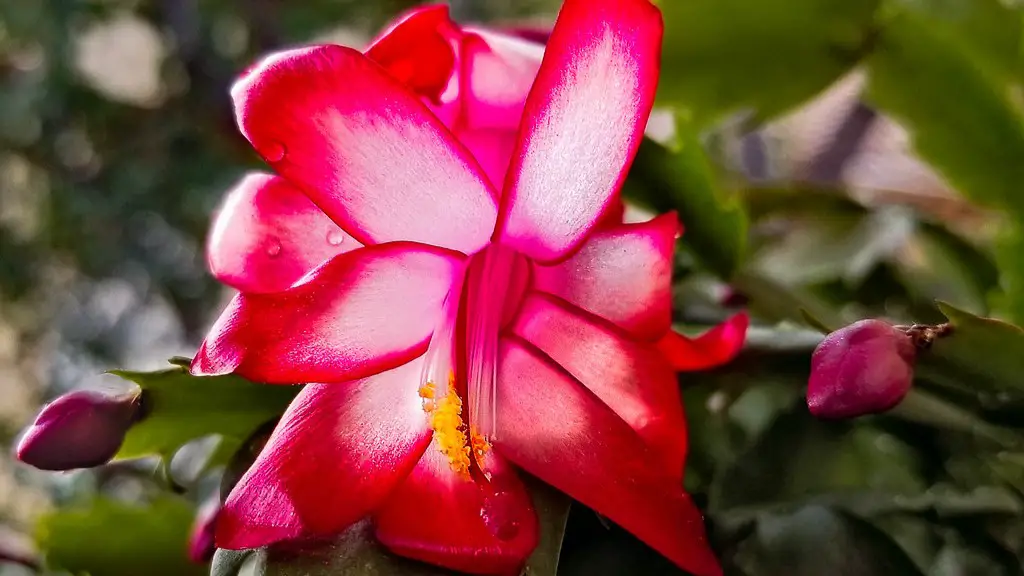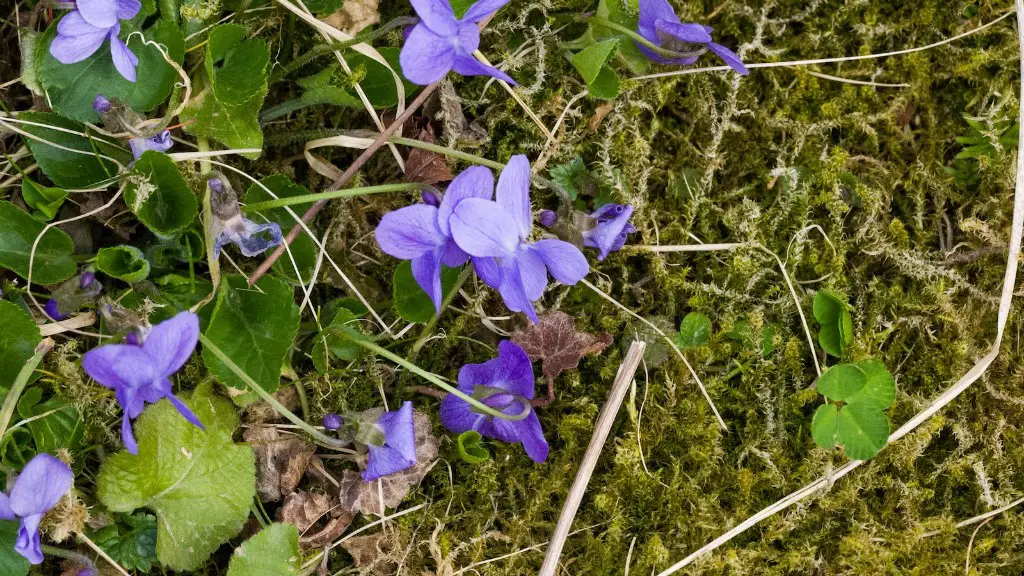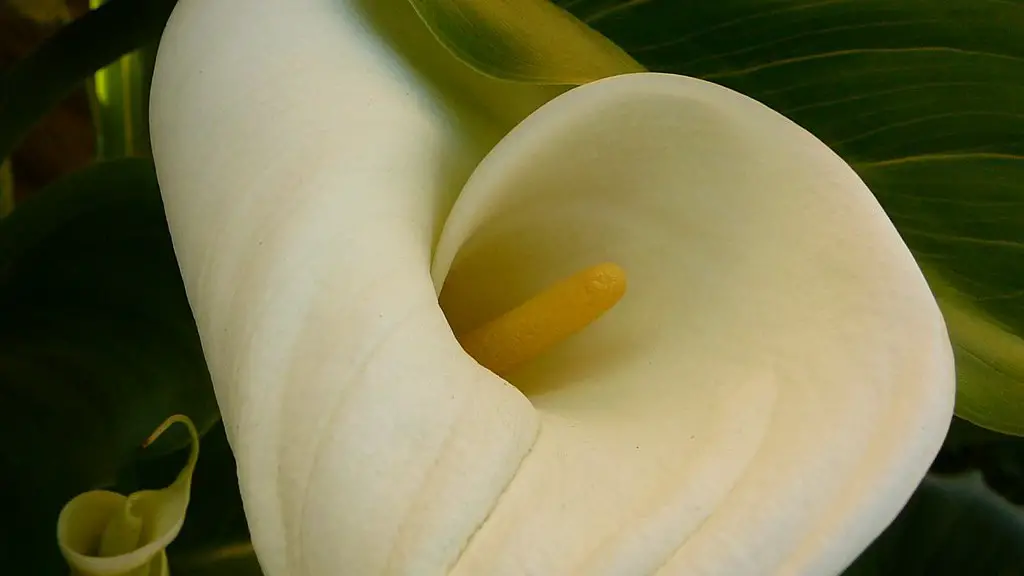African violets are a type of houseplant that originates from Africa. They are a popular plant to have indoors because of their low maintenance needs and ability to thrive in most homes. When it comes to watering African violets, the general rule of thumb is to water them when the top inch of soil is dry. This typically equates to watering African violets once or twice a week. However, there are a few things to keep in mind that may impact how often you need to water your specific plant.
In general, you should water African violets when the soil is dry to the touch. For best results, water them with lukewarm water, using a watering can with a long, narrow spout.
What is the proper way to water African violets?
It is important to water your plants regularly to ensure they are healthy and blooming. However, you should allow the soil around the roots to dry out before watering again to encourage blooming. When watering, water from the bottom with room temperature water by placing the plastic grower’s pot in water, and allowing the plant to absorb the water (not more than 30 minutes).
The best way to water an African violet plant is from the bottom up. Place your plant in a shallow tray of water for 30 minutes, allowing the soil to soak up the water through the drainage holes at the bottom of the pot.
How often should you water African violets from the bottom
Your African violet houseplant takes up water through the bottom of the first pot, which prevents over-watering. Keep an eye on the bottom piece and refill as your plant depletes the water (usually every two to three weeks).
If you want to water your African violet, make sure the water is either tepid or at room temperature. It’s best to let the water sit for 24-48 hours, but if you can’t, then let it stand for at least an hour. This will help your plant absorb the water more easily.
Can I water African violets with tap water?
If you are unsure about the quality of your tap water, it is best to err on the side of caution and use filtered or distilled water for your African violets. Chlorine, chloramines, and dissolved solids can all adversely affect the health of your plants, so it is best to avoid them if possible.
When watering your African violet, be careful not to wet the leaves as they are prone to rot. Instead, water the soil around the plant, taking care not to splash water on the leaves.
How do I know if my African violet needs water?
It is best to feel the top of the soil before watering African violets. If the soil is dry to the touch, then it is time to water the plant. African violets should be allowed to dry out between each watering for best results. Overwatering can kill a plant. The fine roots of an African violet need air, which cannot penetrate a soggy wet soil mass.
Water your African violet sparingly, and be careful not to wet the leaves. Water on the foliage may cause permanent leaf spotting. Use water that is room temperature, and mist the foliage rather than watering from the top. African violets are susceptible to crown rot, so it is important that the crown (the section of the plant at soil level) is not saturated with water.
Do African violets like their leaves wet
The answer is yes you can get African violet leaves with not a problem at all however You must use a good quality potting mix that is well draining. I like to use a mix that is one part peat moss to one part perlite. You can also use a African violet potting mix that is available at most garden stores.
To ensure that your plants are getting the best color and blooms, grow them in bright, indirect light. A plant stand three feet away from a west- or south-facing window is an ideal location. Plants will still grow when situated right beside north- or east-facing windows, but leaves will be thin and spindly, and plants less likely to bloom.
What do Overwatered African violets look like?
If you notice your African Violet plant’s leaves and/or leaf stems turning soft, limp, or mushy, this is likely a sign that the plant has been over-watered and the soil is retaining too much water. In order to fix the issue, reduce the amount of water you give the plant and make sure the soil has a chance to dry out between watering.
It’s best to avoid using ice cubes to water your African violets. The cold water can damage the plants and cause discoloration. Stick to using room temperature water instead.
Why do you water African violets from the bottom
It is important to keep the roots of African Violets moist, but not soggy. Watering from the bottom will help to keep water out of the crown of the plant. African Violets like warmer water, around 70 degrees.
Only water your African Violet when the soil is dry. Over-watering can lead to root or crown rot, as seen in the picture below.
Can you water African violets with coffee?
Some plants prefer more acidic soil and seem to respond well to a weekly watering with coffee. African violets, impatiens, Norfolk Island pines, Phalaenopsis orchids, and Dieffenbachia are some examples of these plants. Coffee can help to acidify the soil and provide nutrients that these plants need.
African violets need indirect sunlight, so a north- or east- facing window is best. Keep plants away from cold glass and rotate the pot once a week so all leaves receive light. Extend daylight by placing African violets under a grow light during winter months.
Warp Up
African violets typically like to be kept moist, but not wet. They should be watered when the soil feels dry to the touch, and they will usually require watering every one to two weeks. When watering, it is best to use lukewarm water and to water from the bottom of the pot, allowing the water to soak up through the drainage holes.
The amount of water you give African violets depends on the type of potting mix and the size of the pot.





